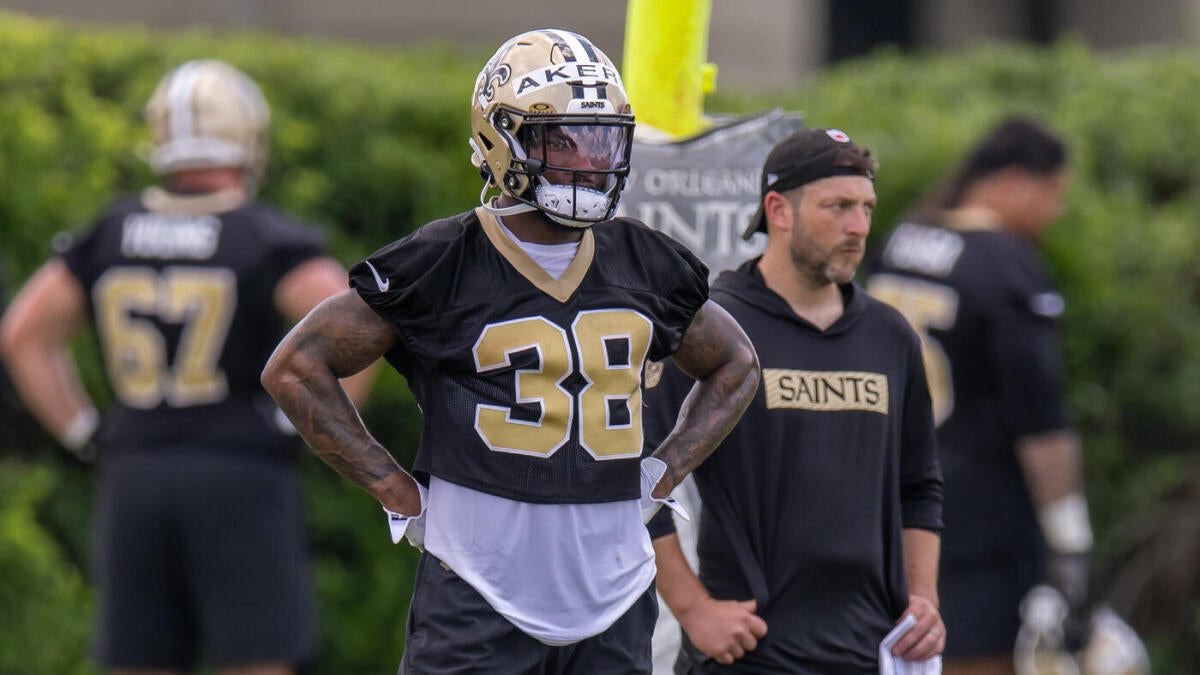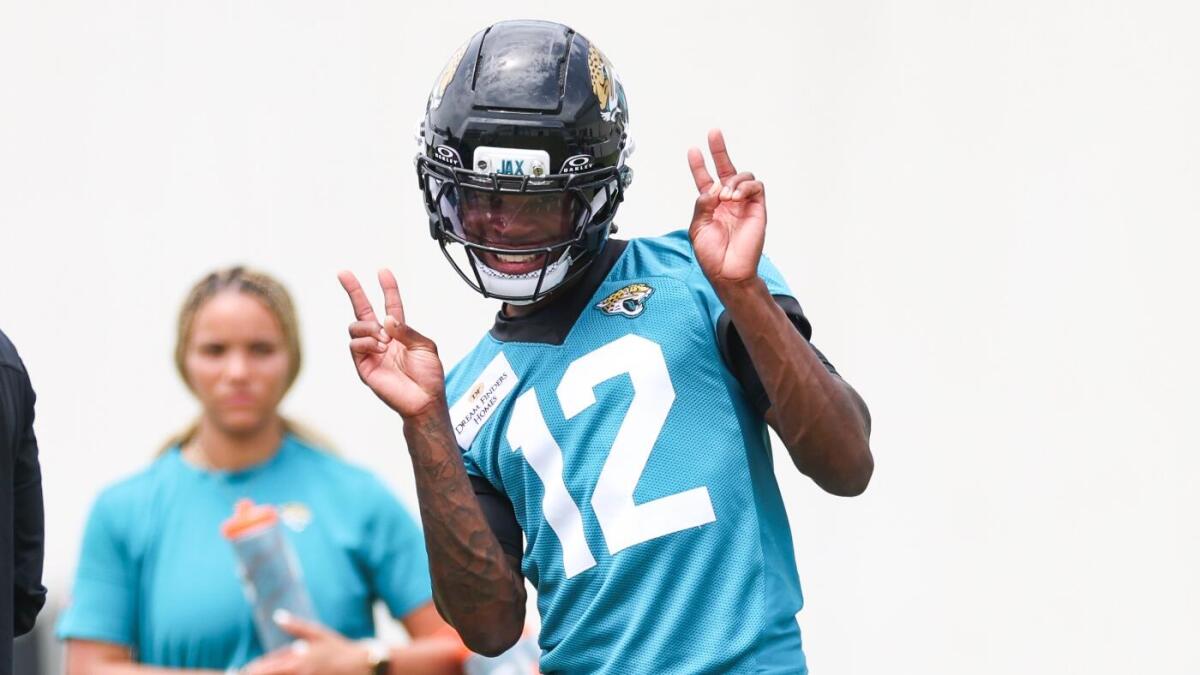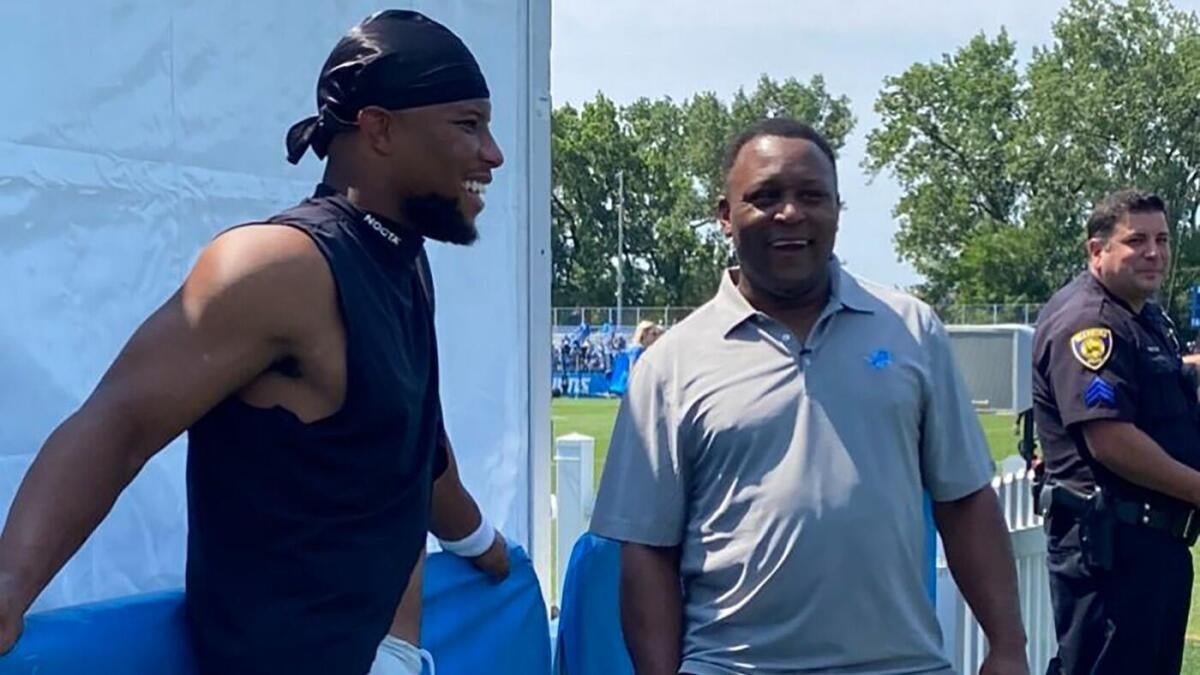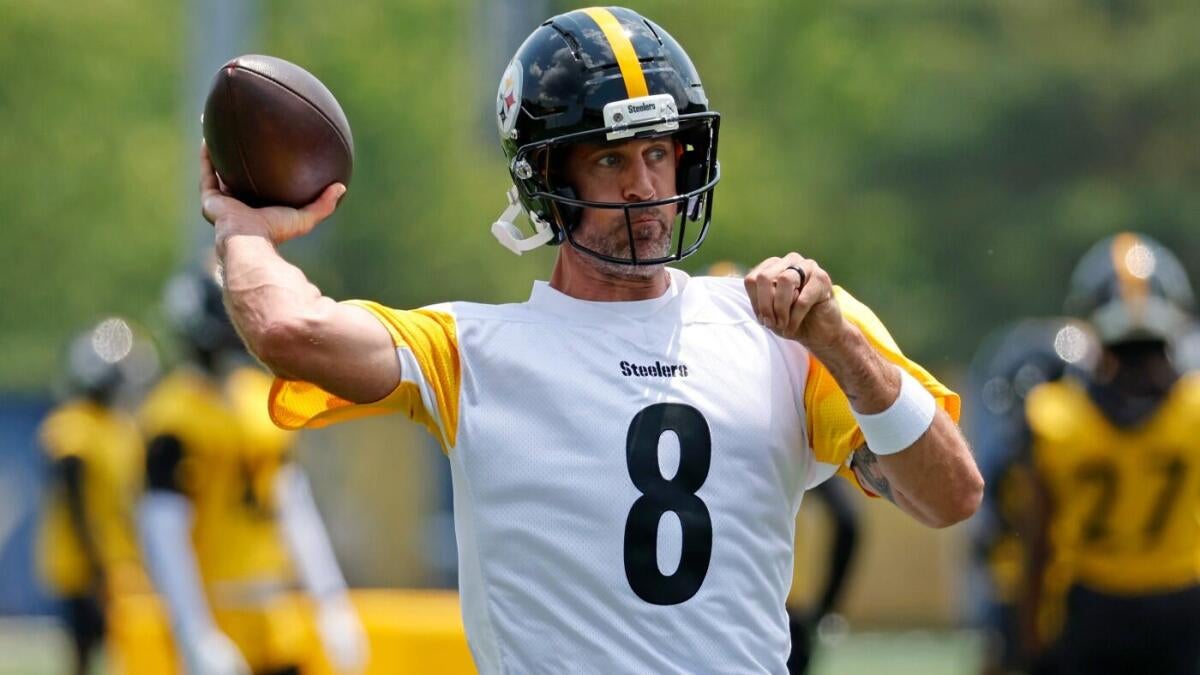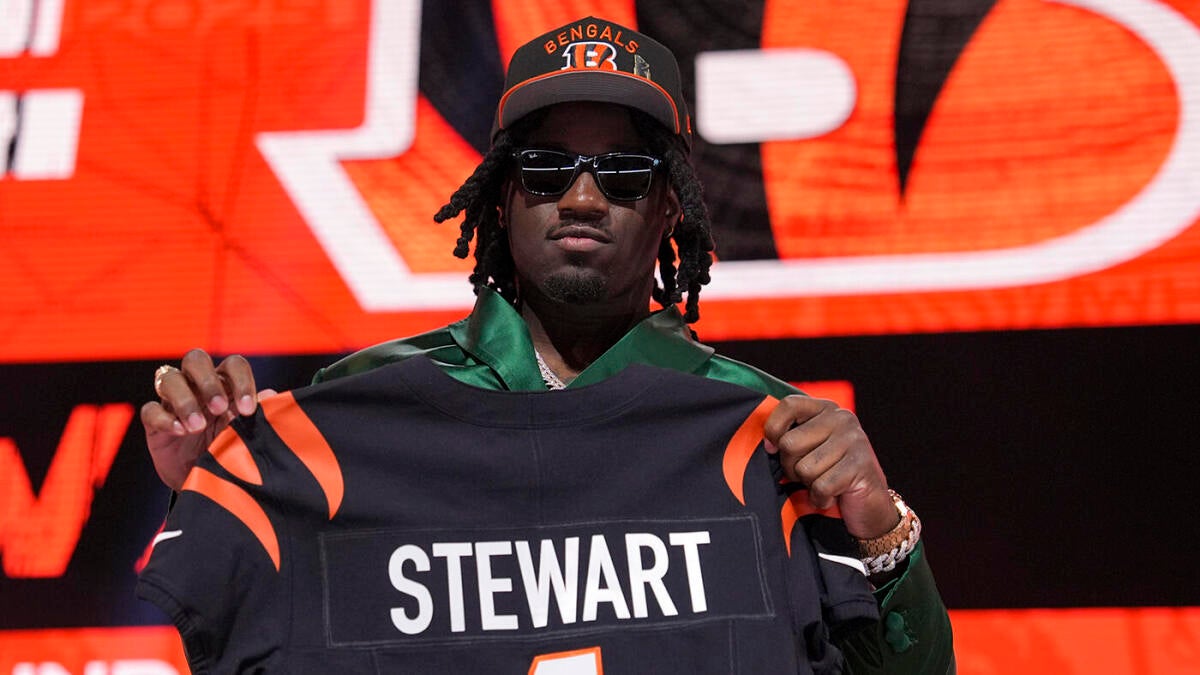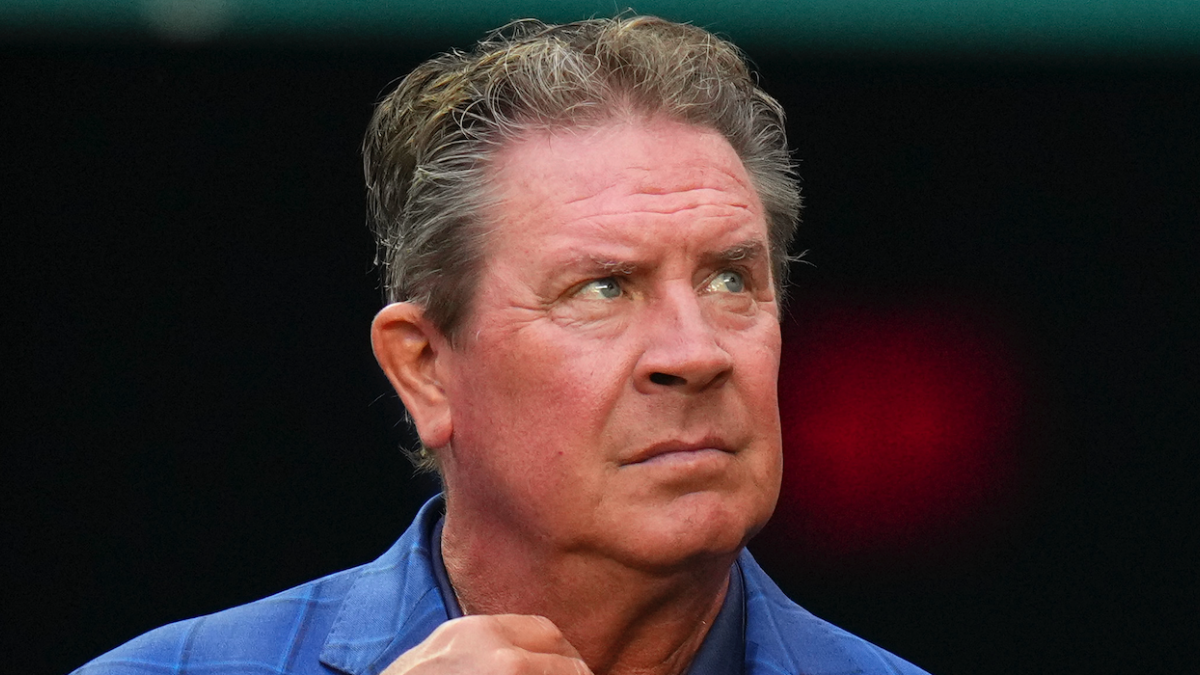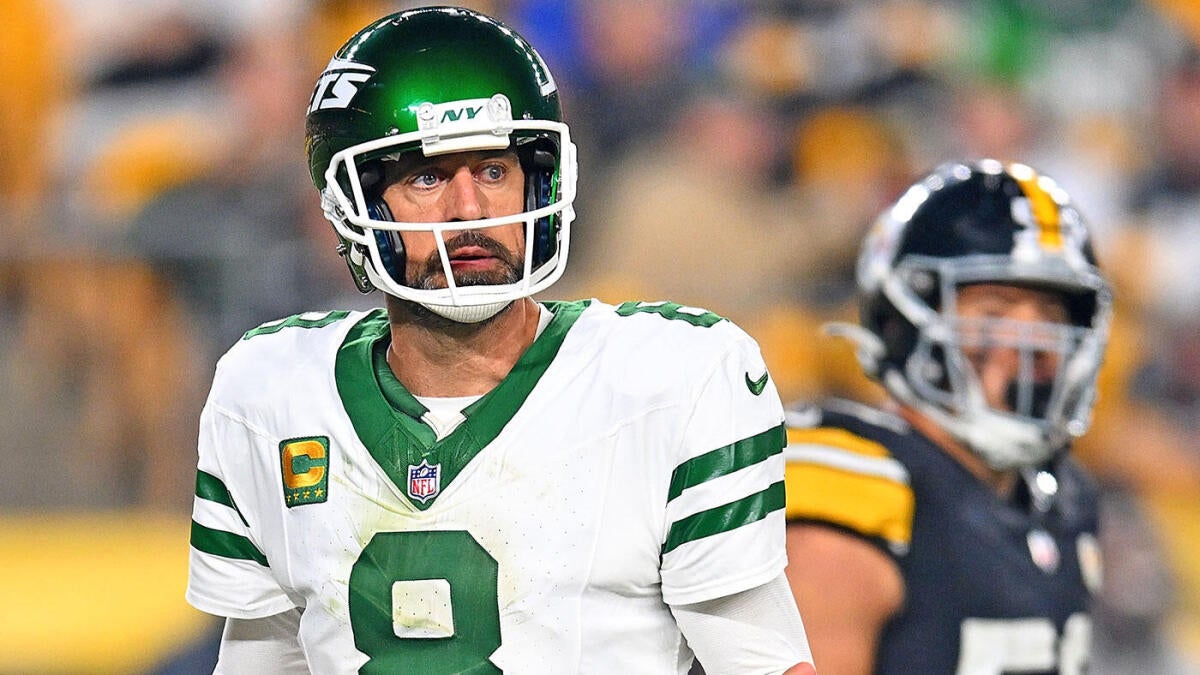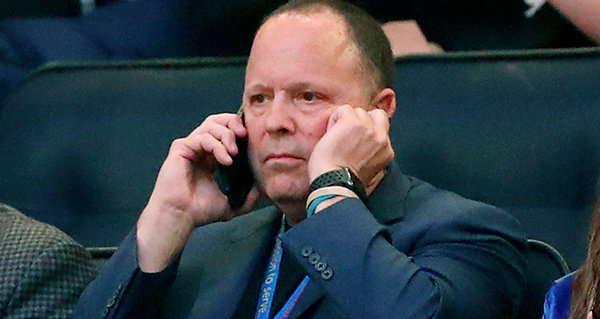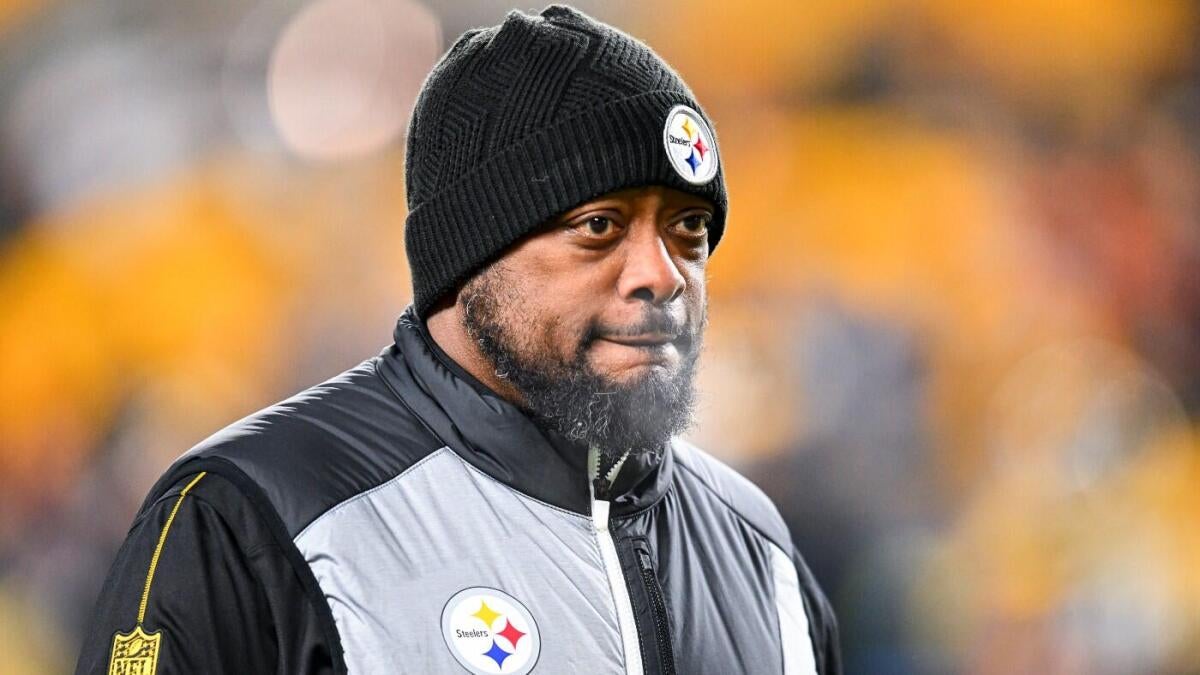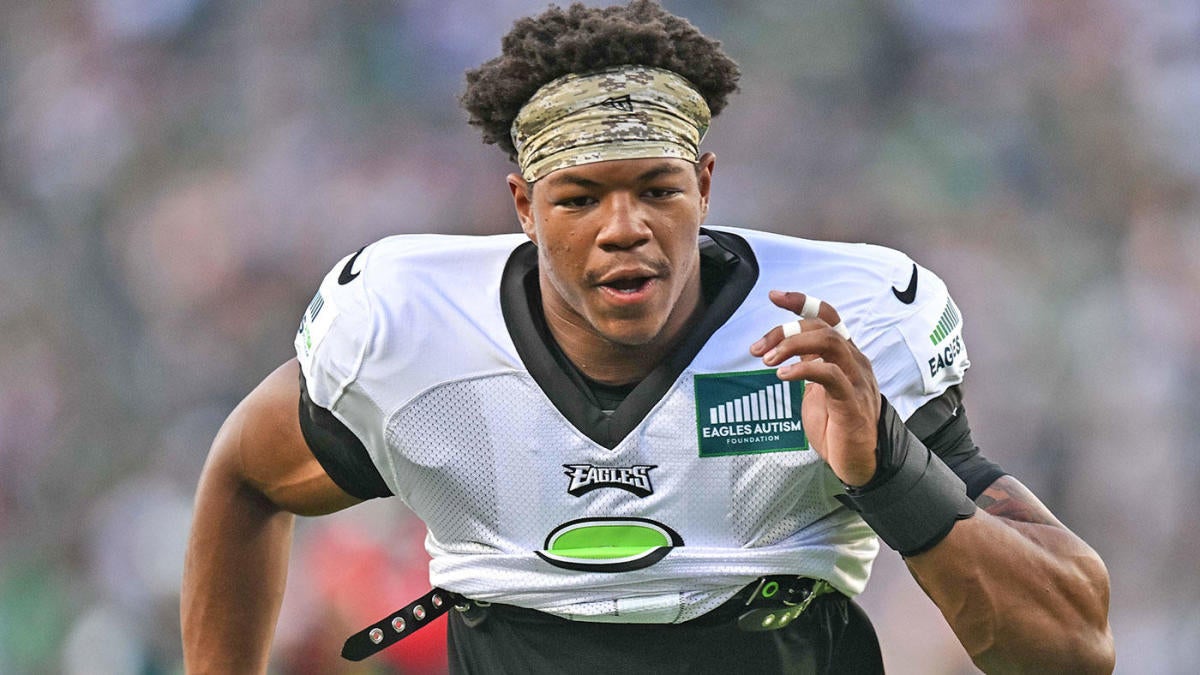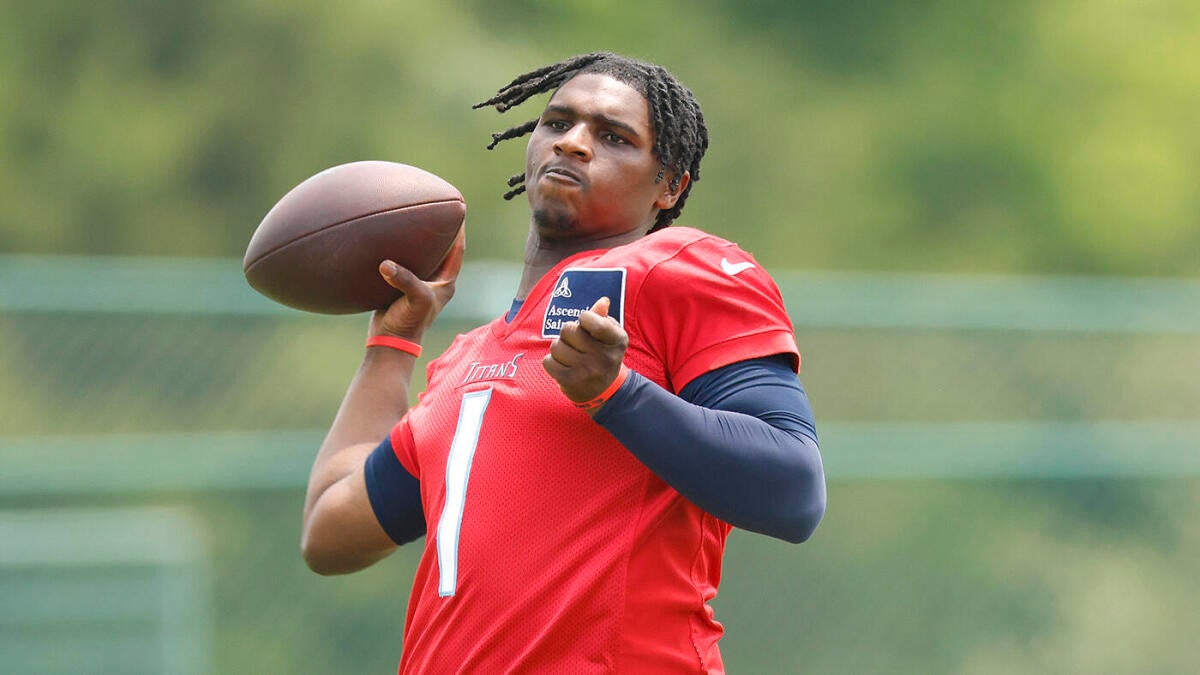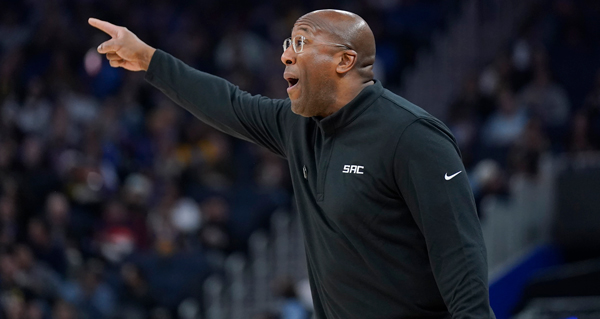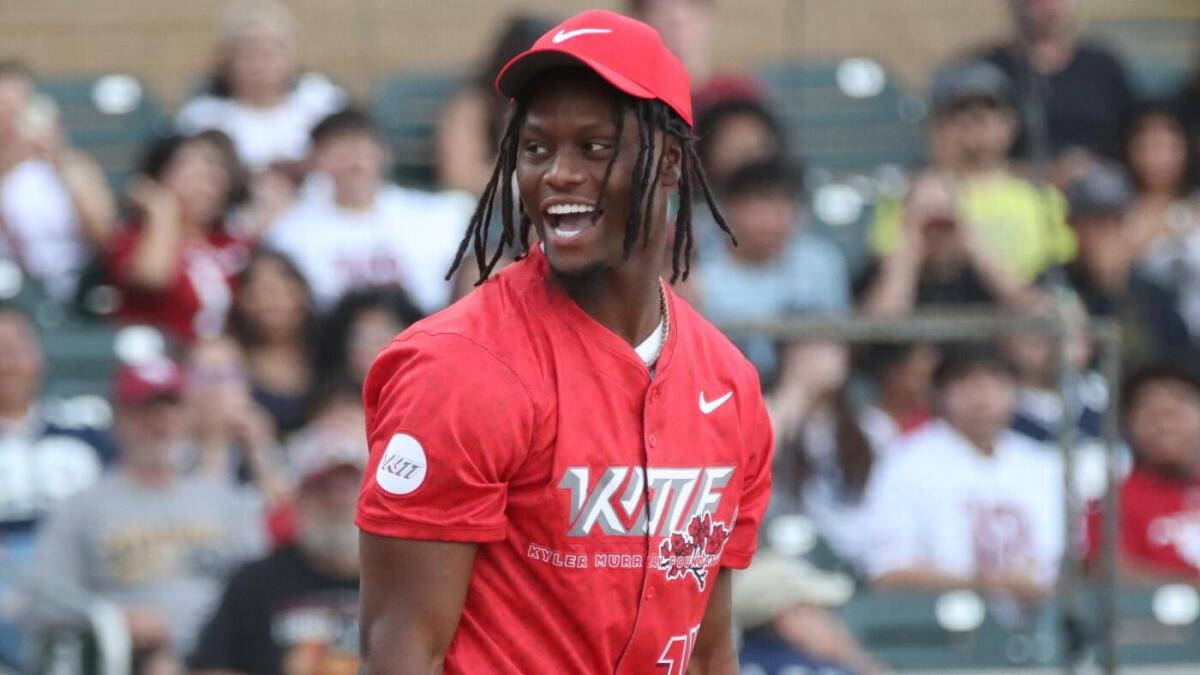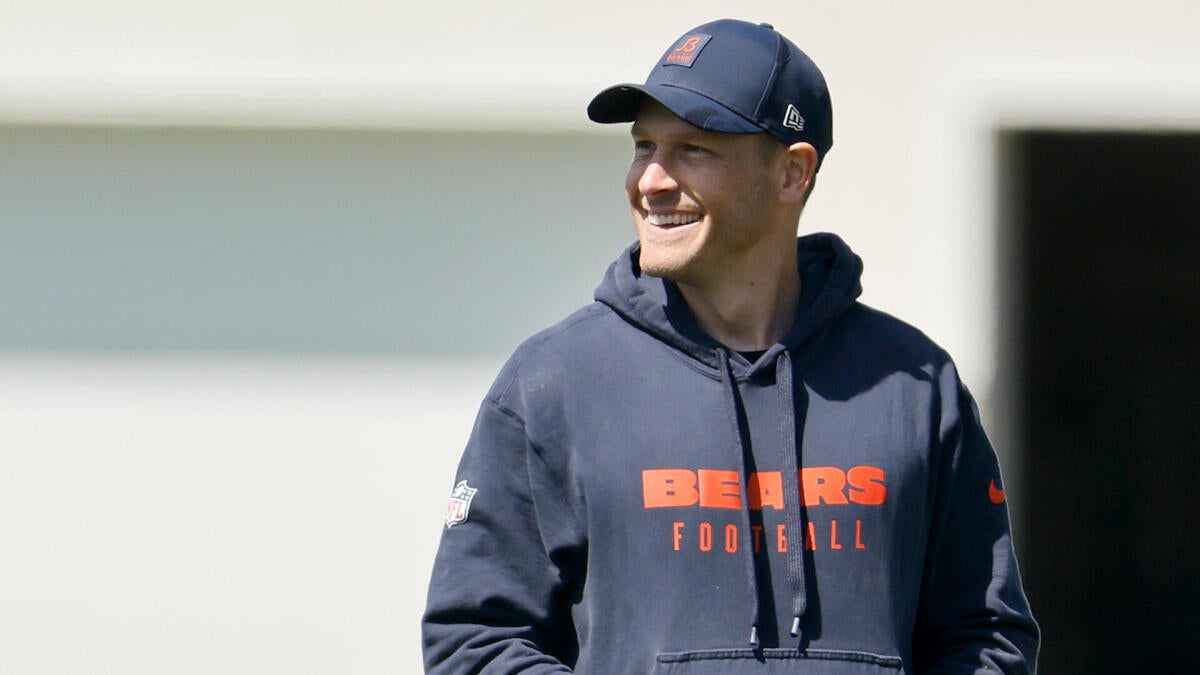
The 2024 season was a trying one for Caleb Williams and the Chicago Bears. Coming into the season, a lot of people around the NFL expected the No. 1 overall pick to hit the ground running, in part due to his skill set and in part due to his supporting cast, which came complete with an excellent receiving corps.
But things didn’t work out that way. The supporting cast was not as good as expected. The offensive line fell apart. The receiving corps did not live up to expectations. The offensive system designed by coordinator Shane Waldron did him no favors. And Williams himself seemingly turned into a much different player than he was in college at Oklahoma and then USC. He often appeared tentative and robotic, looking nothing like the decisive, freewheeling playmaker that became the top pick in the draft.
Williams ended up with a 20-to-6 touchdown-to-interception ratio, but he completed only 62.5% of his passes and averaged just 6.3 yards per attempt while checking in 30th out of 36 qualifying staters in Tru Media’s expected points added (EPA) per dropback.
Unsurprisingly, the Bears made significant changes this offseason, with the main goal being to get the best version of Williams. They dramatically overhauled their offensive line, bringing in Joe Thuney and Jonah Jackson via trade, Drew Dalman in free agency and Ozzy Trapilo in the draft. They added tight end Colston Loveland in the first round and wide receiver Luther Burden III in the second.
But the most significant change of all was hiring former Detroit Lions offensive coordinator Ben Johnson as their new head coach. Johnson is the one tasked with getting Williams to break the decades-long cycle of poor quarterback play in Chicago — a cycle that prompted Williams’ father to say that Chicago is “the place quarterbacks go to die.”
“I love the opportunity to come on in and change that narrative,” Johnson said, via NFL Media.
That, of course, is exactly why Johnson is there. He showed with Jared Goff in Detroit that he has the ability to get the absolute most out of his quarterback, and that’s what the Bears need him to do with Williams.
And while hiring a play-calling offensive head coach is out of the ordinary for the Bears, it’s actually not that unusual for teams to hire a new play-caller between the first and second years of their young quarterback’s career. In fact, it happened 18 times from 2014 through 2023. Some of those changes were made because the play-caller was fired and some were made because that play-caller got a better job elsewhere, but we figured it was still worth taking a look at what happened in those situations, so we could see what might be a reasonable expectation for Williams in his first year under Johnson.
To do so, we looked at the Year 1 and Year 2 EPA per dropback for those young quarterbacks, and the difference between those two figures. When then compared the EPA differential among quarterbacks who had a play-caller change between Years 1 and 2 to the differential among those who did not.
And what we found was pretty interesting.
| Player | Year 1 | Year 2 | Year 1 EPA | Year 2 EPA | EPA Diff |
|---|---|---|---|---|---|
| Bryce Young | Frank Reich/Thomas Brown | Davis Canales | -0.21 | -0.02 | 0.19 |
| Will Levis | Tim Kelly | Brian Callahan | 0.03 | -0.15 | -0.18 |
| Trevor Lawrence | Urban Meyer | Doug Pederson | -0.09 | 0.12 | 0.21 |
| Justin Fields | Matt Nagy | Luke Getsy | -0.14 | -0.01 | 0.13 |
| Mac Jones | Josh McDaniels | ????? | 0.04 | -0.09 | -0.13 |
| Tua Tagovailoa | Chan Gailey | George Godsey/Eric Studesville | -0.11 | 0.03 | 0.14 |
| Justin Herbert | Shane Steichen | Joe Lombardi | 0.13 | 0.17 | 0.04 |
| Jalen Hurts | Doug Pederson | Shane Steichen | -0.03 | 0.07 | 0.10 |
| Daniel Jones | Pat Shurmur | Jason Garrett | -0.03 | -0.10 | -0.07 |
| Drew Lock | Rich Scangarello | Pat Shurmur | 0.09 | -0.13 | -0.22 |
| Baker Mayfield | Todd Haley | Freddie Kitchens | 0.06 | -0.02 | -0.08 |
| Sam Darnold | Jeremy Bates | Adam Gase | -0.03 | -0.03 | 0.00 |
| Lamar Jackson | Marty Mornhinweg | Greg Roman | -0.05 | 0.34 | 0.39 |
| Mitchell Trubisky | Dowell Loggains | Matt Nagy | -0.10 | 0.12 | 0.22 |
| Jared Goff | Rob Boras | Sean McVay | -0.43 | 0.13 | 0.56 |
| Marcus Mariota | Ken Whisenhunt/Jason Michael | Terry Robiskie | 0.02 | 0.11 | 0.09 |
| Blake Bortles | Jedd Fisch | Greg Olson | -0.15 | 0.05 | 0.20 |
| Derek Carr | Greg Olson | Bill Musgrave | -0.06 | 0.02 | 0.08 |
| Play-caller Change | Various | Various | -0.06 | 0.03 | 0.09 |
| No Change | Various | Various | -0.01 | 0.03 | 0.04 |
As you can see, the quarterbacks who got a new play-caller between the first two seasons of their career showed substantially more improvement in Year 2 than did those who kept the same play-caller. But you can also see the reason for that: the players who got new play-callers started from a much lower baseline of performance. All they really did was catch up to their peers in the following season, as both groups of players posted identical EPA per dropback figures in Year 2.
Interestingly, Williams’ -0.05 EPA per dropback as a rookie was almost exactly average for young quarterbacks who got a new play-caller between the first and second years of their career. A reasonable expectation would be for him to post a slightly below-average EPA per dropback figure next season. (The 2024 average was 0.07 EPA per dropback.)
But of course, the range of outcomes is significantly wider than that, with some quarterbacks regressing heavily in Year 2 and some showing massive improvement. Surely, the outcome the Bears are hoping for is one similar to what the Rams got out of No. 1 pick Jared Goff after the team hired Sean McVay. That’s a pretty significant outlier even among the players who showed great improvement with a new play-caller, not least because Goff was starting from an even lower baseline than was Williams.
But if Johnson can get Williams to play like an above-average quarterback, that will be a great sign for his ability to live up to his billing as the No. 1 overall selection.
Go to Source
Author: Jared Dubin
May 22, 2025 | 12:00 pm
